 Life goes on. Life goes on. Clementine doesn't have much of a choice. She needs to keep going. But when you're a kid in a zombie apocalypse you have to see and do things that no one can deal with. But as bad as things are, they can only get better. Right?
NOTE: This game hinges on the idea of multiple options and player choice. Despite completing the entire game, there still may be minor issues I missed. The major issues will all be the same for every player, but certain subtleties, especially in conversations with characters that are not critical to the later plot elements, may differ for each player. 1. Gameplay
Zombie moves like World War Z and games like Left 4 Dead like to focus on the action-oriented life in a world after the zombie apocalypse hits. But if we’re really thinking about what happens after the zombies take over, there’s a huge part of societal life that gets ignored by these games. The Walking Dead basically ignores the “lets fight zombies for fun” part of life and instead focuses on characters, relationships, and decisions that must be made in the most extreme situations imaginable. This is a dark game. There’s no real winning, since no matter what you do eventually people will die. The allure of the game comes in the dual masteries of complex player choices and deep relationships between the characters. This game isn’t about making things black and white, it’s about forcing the player to choose between different shades of grey. Sometimes doing the right thing ends poorly, sometimes doing the wrong thing goes horribly wrong, but sometimes those choices end in saving someone’s life. The trick is whether you know you just saved someone’s life with a simple decision (most of the time, you don’t). In this season, Clementine is the main character. The players control her as she has conversations and makes decisions that can have permanent results. The game continues on with the choices the player makes. The only way the player can lose is to fail a quicktime event that gets Clementine killed. Getting other people killed is just part of the experience. And while I constantly tried to get all of the other characters to get along without bloodshed, there were points when things ultimately led to the very fate I was trying to avoid. This move is both brilliant and frustrating. Sometimes there are situations that are out of your control. Even if you try your hardest not to make them happen, they do, and then you have to deal with the consequences. But while the first season of The Walking Dead masked those decisions in a way that never felt too forced, Season 2 had a number of sections where I felt like the writers were purposefully railroading me along a specific path. It broke the illusion that my choices were making a difference, and that ruined part of the experience for me. Still, this game was a great story with interesting choices that may drastically affect the way certain sections play out. It’s definitely worth playing once and, depending on how you like the story and the characters, worth playing more than once.
I completed all five chapters of the story in around nine hours. However, this game does have significant replay value. Certain characters can live or die based on simple yet critical decisions, and the story can change in minor ways as a result. While the major elements will all be the same for every player and every playthrough, the subtleties and conversations that can come up because a character lives or dies make things very different. It’s a great story once and continues to be a great story the second time.
The gameplay in this game is extremely simple. The player is either in conversations with other characters or engaging in action-oriented quicktime events. Because of the simplicity, the only serious potential point of frustration comes in the time limit the player gets to make a decision. The game is designed so that the player has just enough time to read all of the options and then make a single decision without having enough time to weigh all of the consequences. The player only has time to act, not get mired in internal debate. The formula works fairly well most of the time, but there are a few sections where subtle decisions can lead to serious, unintended consequences. There isn’t a single “correct” way to complete this game, but there are definitely choices that each player will find “better” (from a personal point of view). 2. Parental Notices
Violence is a minor factor in this game, but with certain areas that spike significantly. This game isn’t about killing zombies or people, but it does include violence when the story requires it. Violence with guns usually involves blood, but the specific amount depends mostly on how critical the wound is. Non-life threatening wounds leave little visible blood. Killing wounds can result in more substantial amounts of blood. But it’s the melee hits that result in gore. Again, these are all specific events that only happen once in the game, but they do result in visible gore. The idea is to emphasize the brutality of the violence necessary for survival. When an enemy is killed with a single melee attack, the amount of blood and gore is minimal. However, with the game stops and makes an enemy take a few hits before being killed, the blood and gore can become much more substantial. This is especially brutal when a character is committing violent acts against another living person. This isn’t always out of anger, but it’s pretty rough either way. There is one specific event that stands out way above them all. The main antagonist is eventually subdued by the group. One of the group members decides to kill him with a heavy, blunt object. The player can choose to stay and watch the act or move on, but the resulting gore is absolutely horrendous. This was done on purpose, meant to highlight the pure savage brutality of the act, an act of vengeance against an equally brutal man.
The game overtly implies that two of the characters have sex. While you never actually see the sex, Clementine walks back to see both characters just after they finished their business. The act is discussed a number of times by the other characters in later scenes. There are two characters that are pregnant in different chapters. The only one that has an impact on the story is a woman who is with one man but pregnant with one of the main antagonist’s child. It is heavily implied that the woman was raped, but I was never able to determine it with any certainty.
Substances do appear occasionally, but since this game takes place in a post-apocalyptic world they are very limited. There are a few scenes where characters will drink or smoke. Clementine is offered alcohol and cigarettes on multiple occasions, but the player can choose to refuse them. The scenes where characters drink and smoke are almost certainly unavoidable, but they’re a very small element that only occurs on rare occasions.
Gambling is not a factor in this game. 3. Other Factors
There are no modding tools available in this game.
Religion is not a factor in this game.
In this post-apocalyptic world, law enforcement in the traditional sense no longer exists. While an argument could be made that the larger, more organized communities have their own sense of law enforcement, these are significantly less organized than traditional law enforcement and there is no proof that there are any written and easily enforceable laws. As a result, anti-law is not a factor in this game.
There are no multiplayer modes for this game.
For the most part, extreme sports of any sort isn’t a factor. However, there are some extreme activities that take place that would not be advisable under normal circumstances. For example, early in the game Clementine falls into a rushing river and is washed downstream. These kinds of rapids can be deadly, especially to a child. However, she comes out unscathed. Late in the game Clementine is in a car that is driving quickly along a snow-covered, icy highway. While the highway is abandoned (post-apocalyptic, remember?), it’s still an extremely dangerous thing to do.
Magic is not a factor in this game.
Human Disfigurement Since this is a game that involves zombies, human disfigurement is an obvious factor. Every one of the zombies looks like a walking, decayed corpse. The zombies are frequently present in the game, even if it’s just off in the distance. There are very few scenes without zombies somewhere in the vicinity. Most of these zombies are fairly low resolution (meaning they’re not designed to show any real detail in facial features). However, if an important character gets turned into the zombie, they retain their recognizable features but add on the grey skin and lifeless eyes. Torture There are a number of sections where torture comes into play. This is most noticeable when the main antagonist tortures Kenny for taking a walkie talkie. Carter (the antagonist) beats Kenny until Kenny’s eye and half of his face are completely broken. It’s a pretty brutal scene. Although not nearly as brutal as when Kenny crushes Carter’s face in with a crowbar later on.
0 Comments
Leave a Reply. |
Like what we do? Want to see more? Donate to the site using the button below!
Not sure what a term means? Read the definitions!
Not sure what a review section is about? Find out more information!
|
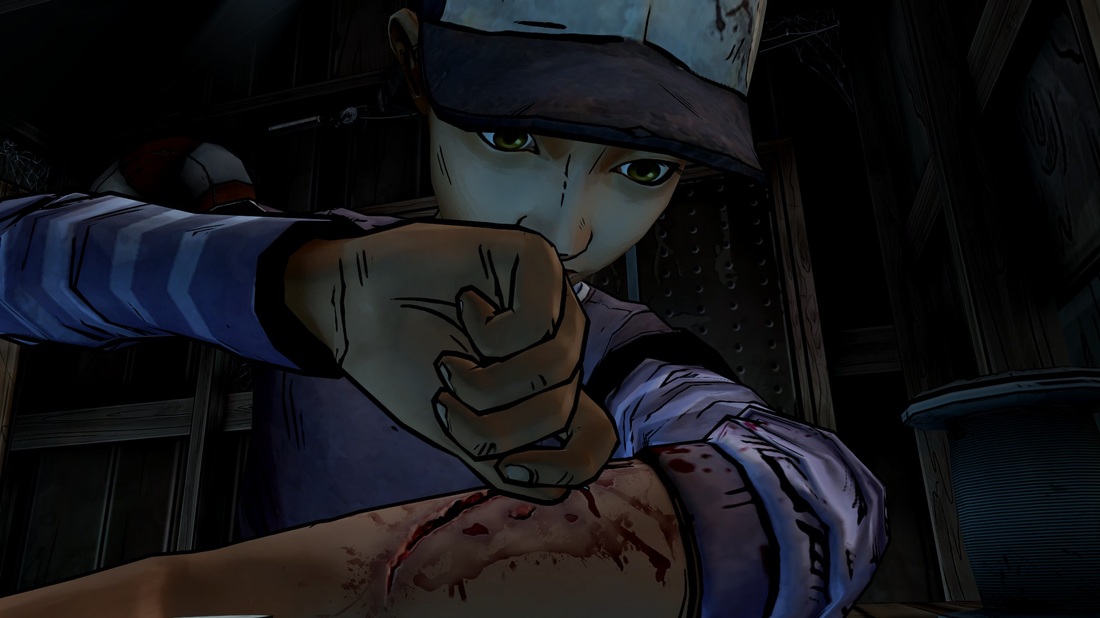



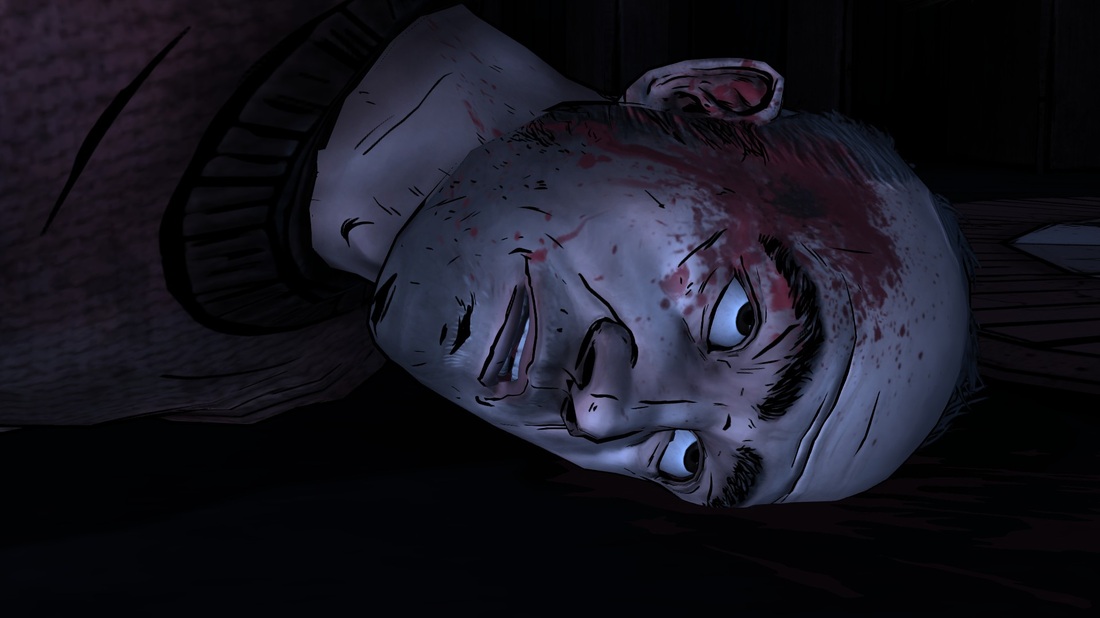





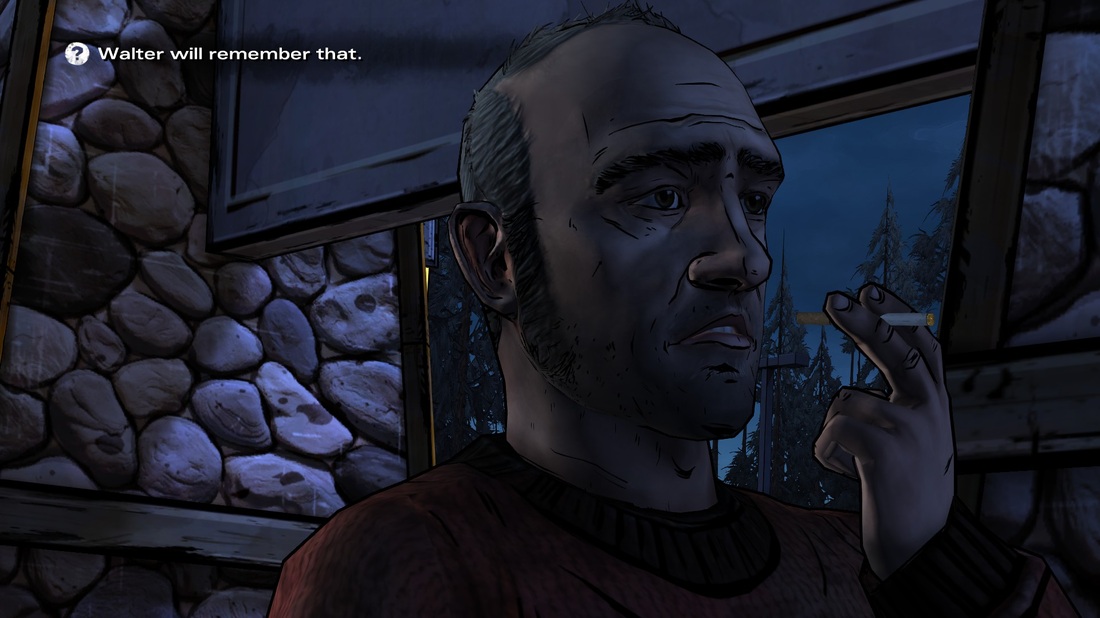

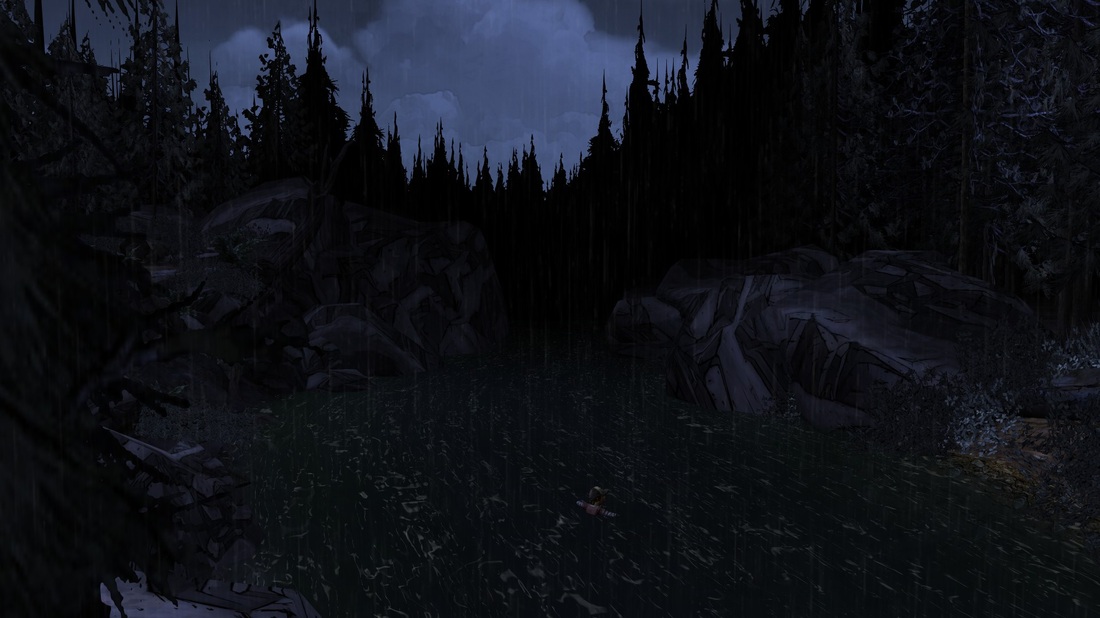

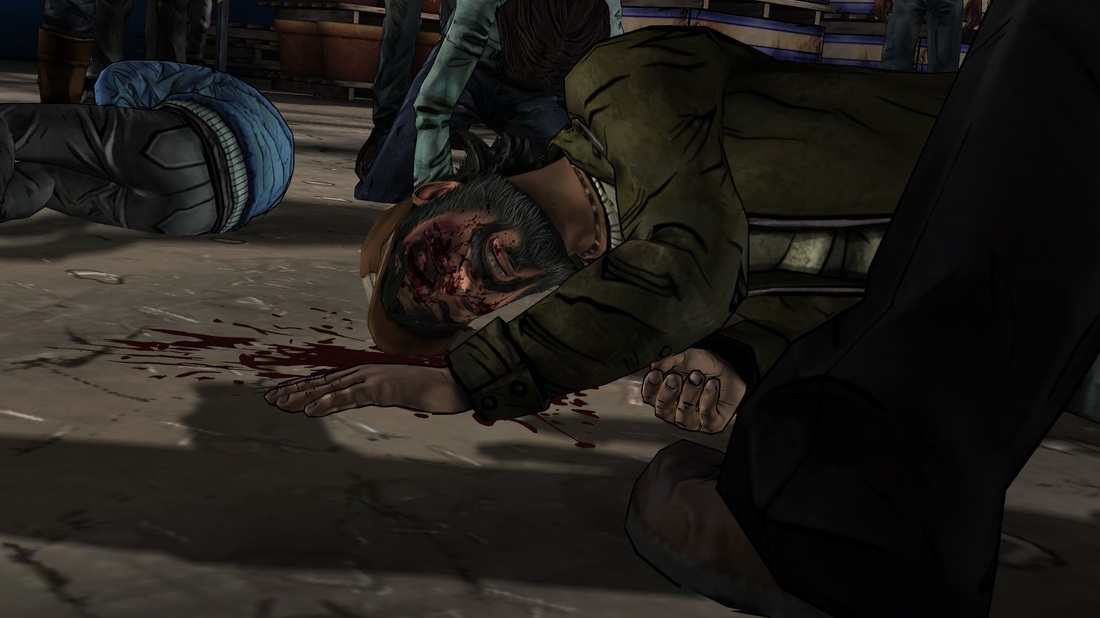
 RSS Feed
RSS Feed